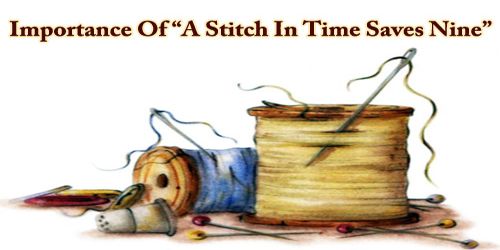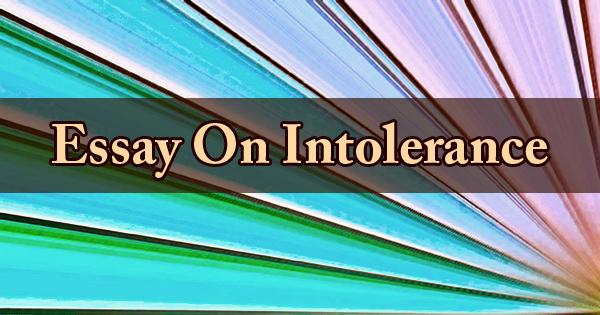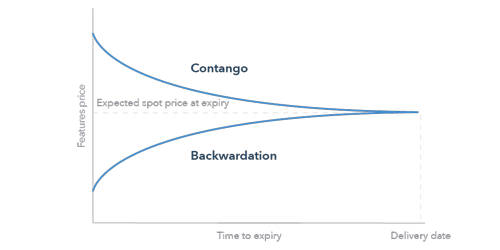Staple Food of Bangladesh
Rice is our staple food. It is obtained from the paddy plant. Rice, fish curry, and lentil is the most common traditional Bangladeshi food for general people. Bangladesh is also famous for its desserts. It is the second-highest production in the world after maize. Various kinds of food are prepared with rice. So rice is the most useful food grain in Bangladesh. The straw and the husks of paddy are not also left without uses. They are used as fuel.
The hot but moist climate is suitable for growing paddy. About 160 million peoples in Bangladesh depend on rice as the main food and about 75 percent of agricultural land use to grow rice. It grows in Bangladesh, China, Japan, India, Myanmar, Russia, Egypt, Italy, and in some parts of America. Most people depend on rice as the main food all year, especially in Asia.
Bangladesh is the sixth-largest rice producer country. First, the seeds milled from the rice plant to remove the chaff and then cooked or boiled it to eat. There are many different kinds of rice in different regions depends on different seasons. There are three principal kinds of paddy. They are Aus, Aman, and Boro. There is another variety of paddy called IRRI. The Aman is the largest harvest season occurring in November to December and about half of the annual production in Bangladesh.
The second-largest harvest is Aus cultivate from March to May during summer rainfall and Boro season is from October to March. Boro grows in the beds of the river and on low marshy land. The seedlings are transplanted where the water reaches the bottom. Aman and Aus require bet tilling. Weeding and manuring are necessary for the rapid growth of paddy plants. Aus is harvested in the moths of Ashar and Shravan. Aman seeds are first scattered on muddy lands. When they grow up to a Hight of two or three feet, the ears of grains appear at the top. They become ready for harvesting in the month of Agrahayan or Poush. Then they are brought home and separated from the stalks. It is then dried in the sun. IRRI grows almost in all the seasons. It requires constant irrigation and the application of manure.
Rice obtained when dried paddy is husked either by dhenki or by rice mills. In rural areas, dhenki is used. When paddy is dried in the sun and husked for rice, it is called atop or un-boiled rice, when the paddy is first boiled and then dried and husked, it is called boiled rich. Husking is done either by a mill or by Dheki. No other cereal is as useful as rice in Bangladesh. SO proper, steps should be adopted for ample production of this most vital foodstuff.
Stalks and chaffs are used as fodder for cattle. Boiled rice is called ‘Bhat’ in our country. Chira, muri, Khai, cakes, and many other palatable foods are made from it.
The Production capacity in Bangladesh increases much faster. Total rice production was 10.59 million tons in 1971 and now is producing about 25 million tons. Both the Government and the people should take steps for an increase in its production to meet up the shortage of food.
















